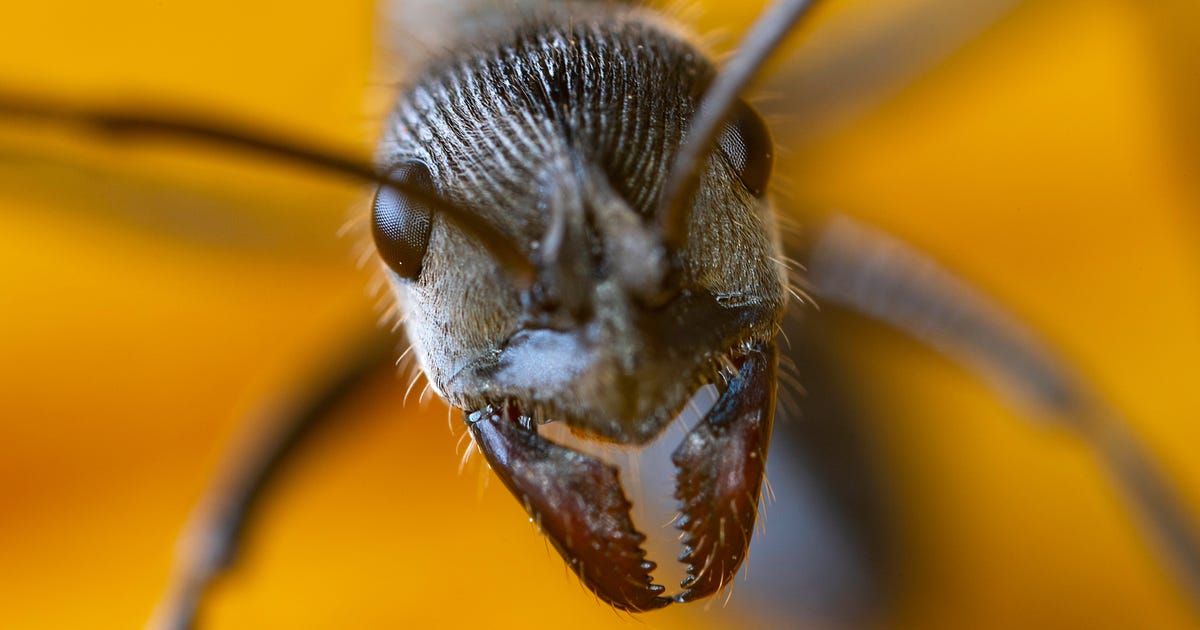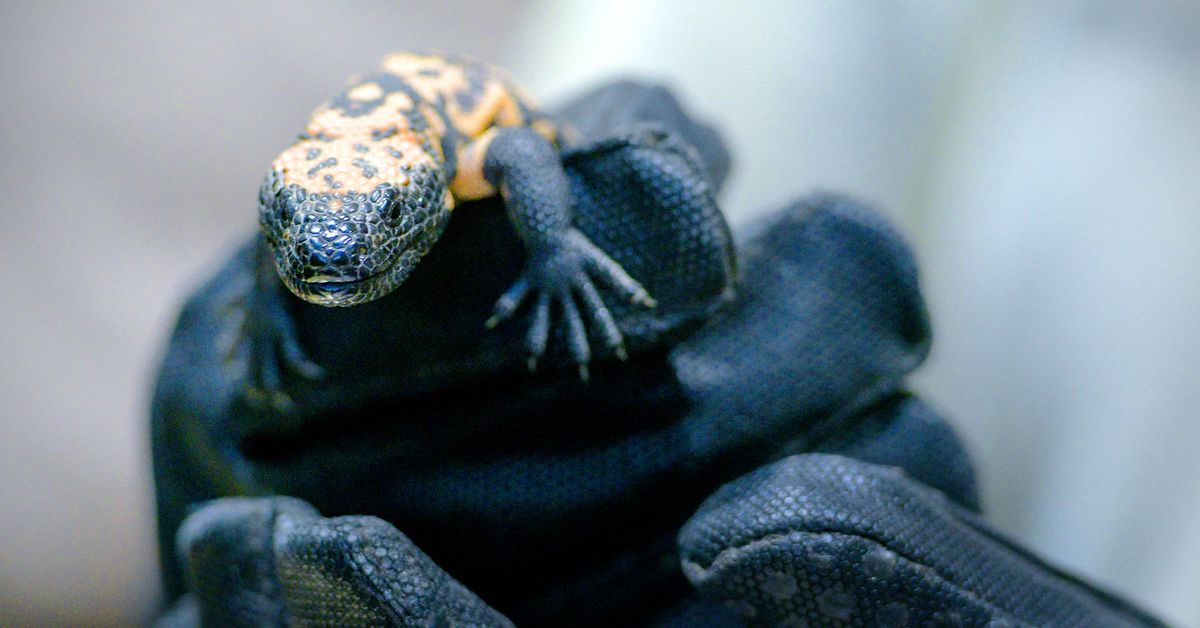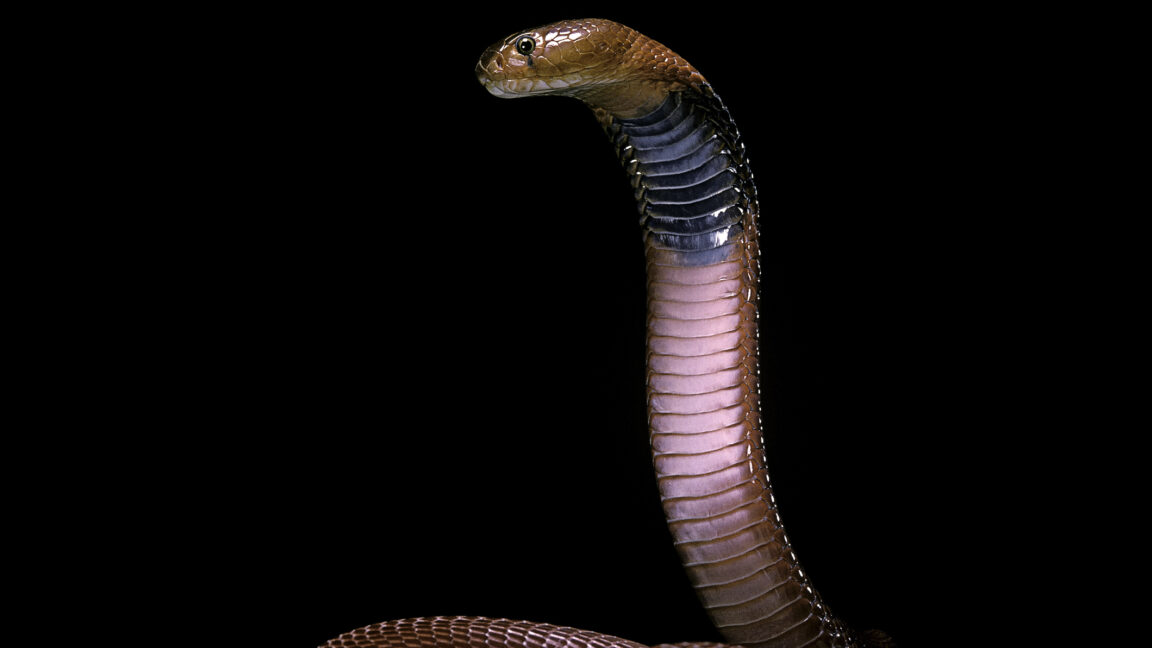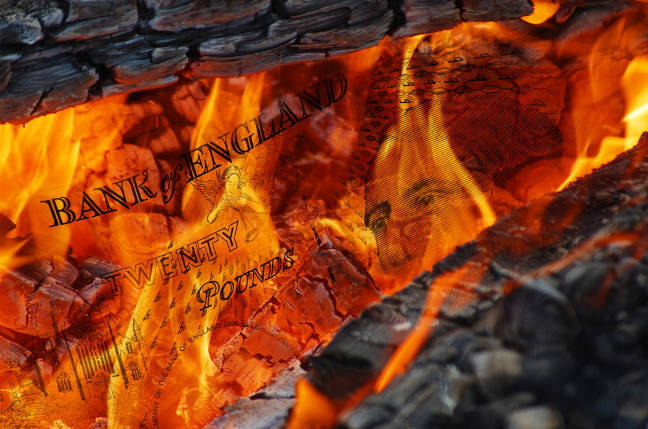
Seattle amateur scientist helping to unlock the secrets of slime molds
Anyone who has hiked in the Northwest has seen a slime mold, but likely didn’t know it. Some appear like tiny balls of fungus on rotting logs, or strange patches of gooey orange globs. Some look like fuzzy white mold, and some are a slimy, bright yellow blob, descriptively nicknamed “dog vomit.”
“Slime molds have a PR problem,” said Kelly Brenner, a Seattle author and naturalist. “For one, they’re called slime molds and that’s not appealing and it’s not representative of how beautiful they really are.”
Despite their name, slime molds are not actually molds. Often found on rotting logs, they’re commonly mistaken for fungus. They appear in a variety of bright colors, but aren’t plants. They can move but are not animals. They are single-cell organisms, unique unto themselves — quite possibly one of the strangest things to be encountered in the woods.
“There’s iridescent, there’s the cotton-candy pink ones, there’s some that look like champagne flutes with fireworks in them, and you look closer and closer and the closer you get, the more it reveals and the more spectacular they are,” Brenner said.























